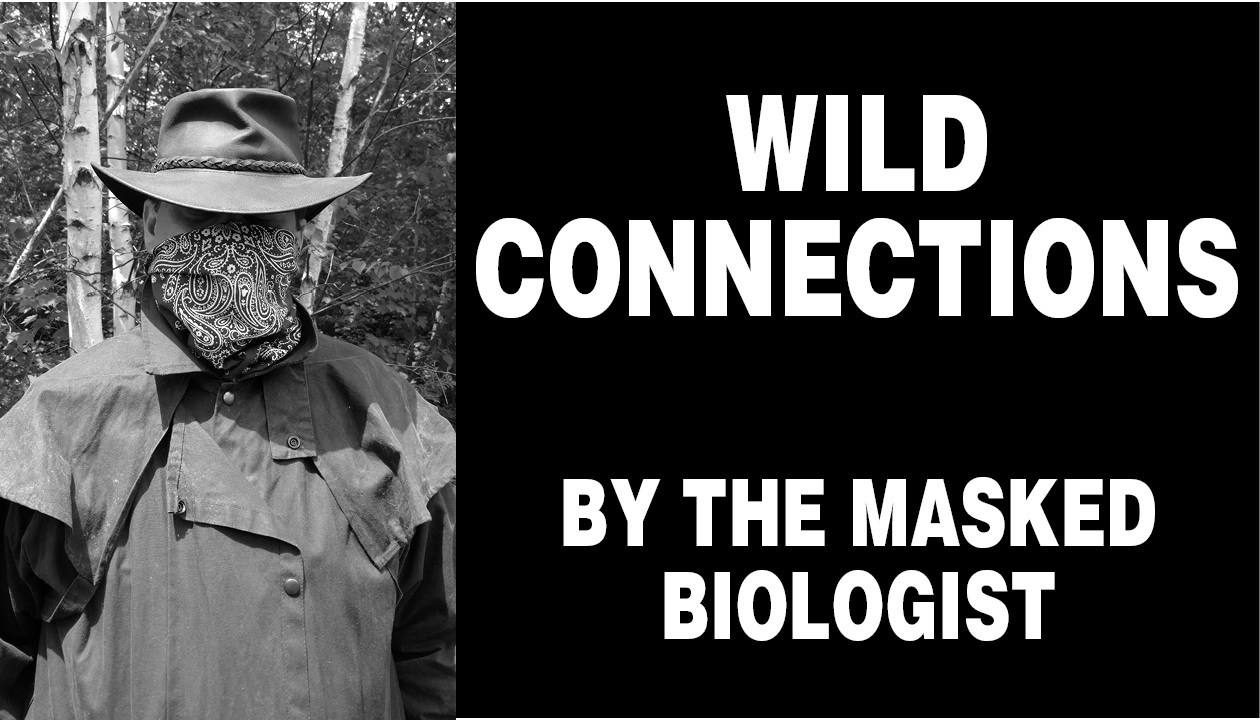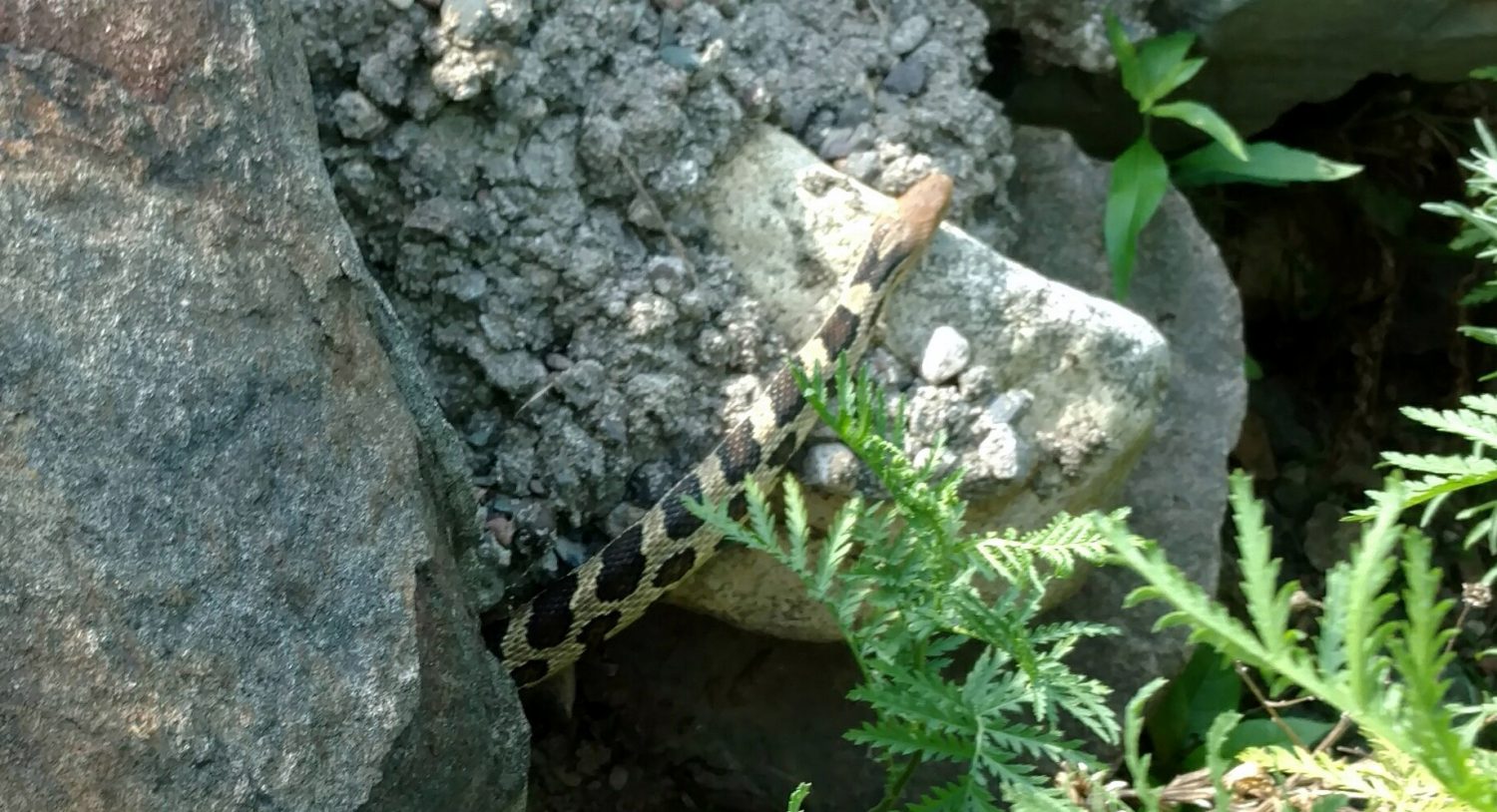Fleshing out the origin of a ‘buck’

BY THE MASKED BIOLOGIST
Special to the Star Journal
What is the true value of a buck? To some of you, that question may have brought money to mind – maybe the financial value of the American dollar in the stock market or on the global exchange. To others, you may be thinking “well, by the time you add up attractants, camouflage, firearms, ammunition, deer stand, licenses, fuel and other hunting-related expenses, probably around $350.”
In a way, this column is about both definitions. As a writer, I try to spend at least some time reading every day. I saw a post on Facebook claiming that the origin of the term “buck” as another name for a dollar was because at one time, deerskins were used as currency and they were so abundant at that time they equated one dollar. Like most other posts on the internet, there is only a small kernel of truth in that statement.
It is true, from the research I conducted, that calling a dollar a buck originated from the value of a deerskin. Apparently old trade journals, prior to 1776, referred to trading or purchasing goods for buckskins. However, from what I can see in that same research, a buckskin was worth way more than a dollar. Well, maybe a 1748 dollar, but not a 2017 dollar. Adjusted for inflation, a dollar in 1748 would be equivalent to roughly $34 today. In the trade journal of Conrad Weiser, he stated that a cask of whiskey was to be sold for five bucks. A whiskey cask was probably around 50 gallons or so; if it was truly $5, today you would pay $170 for 50 gallons. That would be a bargain, so maybe a deer hide was more valuable than today’s dollar at that time.
In an April 11 Whitetail Journal article by Keith Sutton, he stated, “In 1718, for example, every frontiersman knew one tanned deerskin could be traded for one pound of black powder, 40 bullets or 20 flints. A rifle could be obtained for 25 deer skins, a pistol for 12, an ax for four, a coat for 12 and a blanket for six.”
“It does appear quite likely that we use bucks to describe dollars because of pioneer deerskin traders.”
A dollar in 1718 would equate to almost $37 today. At that exchange rate, a rifle would cost you $925, a pistol $444. That sounds a little high, but the point is that you can see within reason that a buckskin traded back then might be worth more like $30-40 today. From another perspective, if you were to poach a deer today and subsequently were caught by a warden, not only would you face a fine and penalties, but you would have to reimburse the state for the value of the deer. That value today is $43.75, surprisingly close to the $30-$40 value range I estimated earlier.
So it does appear quite likely that we use bucks to describe dollars because of pioneer deerskin traders. However, the claim that deer were so abundant [in Michigan] that a hide was worth a dollar is wrong in a few ways.
First, the earliest records are a tad unclear, but references to the term “buck” surround the Great Lakes area, not specifying Michigan.
Second, they were not worth today’s dollar, but the relatively more valuable 1748 dollar.
Third, the abundance claim might be a slight exaggeration. If we assume that the reference is to white-tailed deer specifically, as populations of other deer species (such as black-tailed or mule deer) would be low or absent in the Midwest. In
1720, the estimated white-tailed deer population was under 25 million across what is the U.S. today. Today the population would probably be estimated at over 35 million, higher than 300 years ago. This makes sense when you consider there are fewer predators and there are more suburban locations and deer thrive on habitat edges created by human activities from farming to golfing.
Although you may be able to assign a value to a pound of venison, an atypical antler mount, or a tanned piece of buckskin, there is no doubt that the value of the whole is greater than that of its parts. The white-tailed deer, the official state wildlife animal, is truly one of Wisconsin’s most valuable natural resources.
The Masked Biologist earned a Bachelor of Science degree from a university with a highly regarded wildlife biology program. His work in natural resource agencies across the country provided opportunities to gain experience with a variety of common and rare fish, plant and wildlife species. Follow The Masked Biologist on Facebook. Email questions to [email protected].
Leave a reply
You must be logged in to post a comment.


